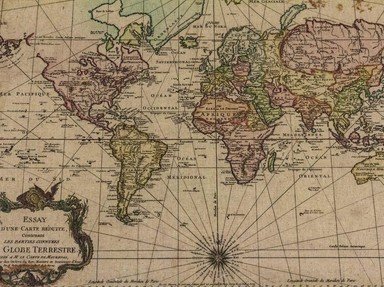Quiz Answer Key and Fun Facts
1. Queen Dido founded this city, enemy of the Roman Empire
2. Village west of Moscow, Napoleonic battle
3. State in Southern Europe, 14th to mid-19th Century
4. Defensive settlement, North America, built during the French and Indian War
5. Warning on the Lenox Globe of the known world, early 16th Century
6. The Appian Way connected Rome to this Adriatic city
7. Photographer Ansel Adams made this region famous
8. Edward the Confessor was buried here in 1066
9. North African city, founded in 11th Century CE
10. Birthplace of Catherine de Medici
Source: Author
windrush
This quiz was reviewed by FunTrivia editor
agony before going online.
Any errors found in FunTrivia content are routinely corrected through our feedback system.

